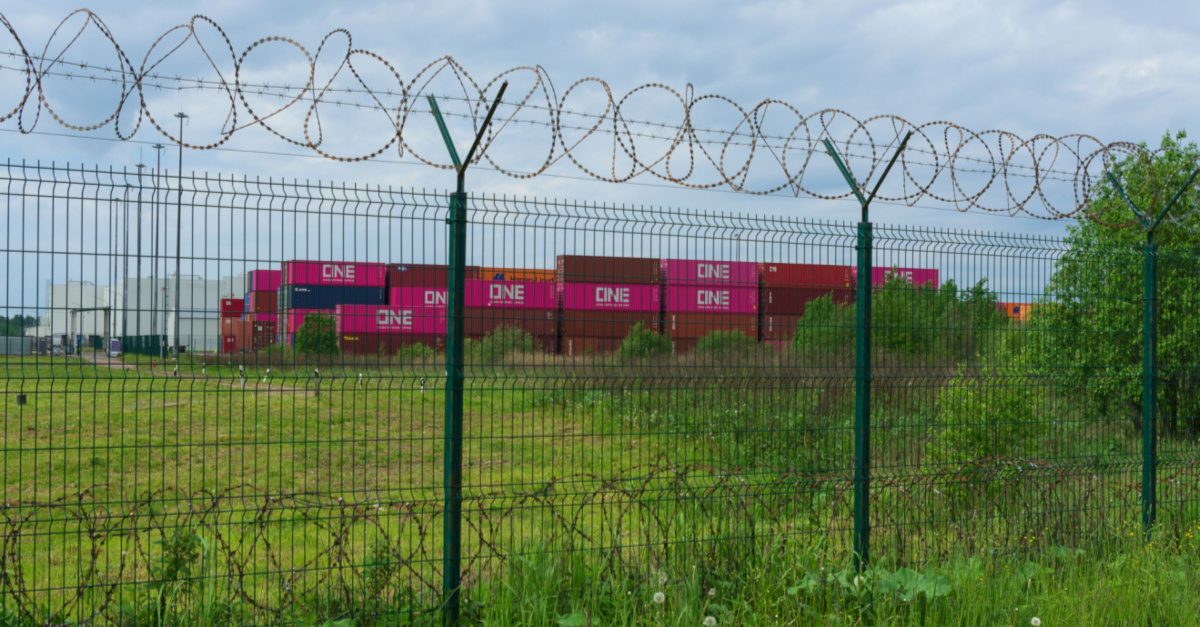
Identifying risks and overcoming barriers in the supply chain is vital for business leaders who want to meet their strategic goals. There are some well-known techniques that can be adopted to determine the pinpoint risks of suppliers, and understand the threats they might face.
Pre-COVID-19, the supply chain was the second thought of small and medium-sized business owners. But now, organisations are making it a priority to streamline their business operations because it helps in boosting efficiency and productivity.
In this guide, we have shared some effective ways to identify supply chain barriers to boost efficiency and how it can be effective for your business.
What Is Supply Chain Efficiency
Supply chain efficiency is known as a business ability that allows you to use resources, technology, and expertise to minimise logistics costs and maximise profit. The basic goal of the efficient supply chain is to save money by modifying processes and stages in the supply chain.
Supply Chain Efficiency and Supply Chain Effectiveness
The very simple difference between the two is that supply chain efficiency can be defined as an internal standard of performance, and supply chain effectiveness is an external standard of performance. It means supply chain efficiency helps in meeting the demands quickly and cost-effectively within the business, and supply chain effectiveness helps in meeting the demands of the group outside the organisation.
Strategies To Identify The Risk Of Suppliers
Small and midsize businesses both need to understand the strategies that help in identifying and overcoming the risks of the supplier.
1- Supply Chain Mapping
When you are working on supply chain mapping, it is important to evaluate the supplier or the suppliers of your supplier. For instance, who they are, what services they provide, and their location. Communicate with your colleagues within the organisation to identify and create a map that helps you in your processes and planning, update the map regularly as you add partners to avoid potential problems. This way, you will be able to analyse the progress of your suppliers and what risks are involved in working with them.
2- Weighted Ranking
In a paper published on assignment help, Johnson Charles explained weighted ranking. This processes is a basic system designed to consider the risk factors like economic and political delay, credit history, financial dependency, and natural disaster. Establishing the weighted importance of your suppliers will help you identify the risks and challenges of working with each one. If you decide to use this approach, then you have to give each supplier a score from 1 to 5 based on the risk factor. Calculate the total average and compare it with all your partners.
3- Value At Risk (VaR)
For the Supply Chain Operation Reference (SCOR), the Association of Supply Chain Management uses a metric known as VaR. It can be used to calculate and compare the amount of risk suppliers present.
For instance, you have ordered an item worth £30 million from a supplier, and their geographical location has a 10 percent chance of being hit by a hurricane. Then the value at risk is 0.1 x 30,000,000 = 3,000,000 (£3 million). Based on such calculations, you can shift the order to a vendor located at a safer place.
How To Improve Supply Chain Efficiency
Once you have identified the risks, you can now work on improving your supply chain efficiency. Following are some ways that can help you achieve your objectives.
a- Expand Your Supply Chain Efficiency
The first step that helps in improving supply chain efficiency is to increase the visibility of logistics operations. And the best way to work on it is to implement an inventory management strategy that helps in tracking inventory levels through stages from receiving to warehousing to being packed, picked, and shipped to the customers.
b- Create Good Relationships With Your Supplier
Next, it is important to create a good relationship with your supplier(s). Once you have gained your supplier’s trust, you will be able to plan better and avoid shortages, delays, and other issues. According to Literature Review Writing Service,
“There are many inconsistent suppliers who provide wrong and defective products and late deliveries. This is the reason making good relationships from the start is a must. You should be very selective to remove all the suppliers who are causing issues.”
c- Automate Your Supply Chain Processes
Another great way to improve supply chain efficiency is to automate the supply chain process as it will help to streamline operations and increase productivity.
Start with the time-consuming tasks include order processing and shipping
Sometimes, warehouse automation reduces time, effort, and errors as well. Many business owners employ logistics automation in their warehouses by using effective tools and technology.
Using a warehouse management system in your supply chain can help you in automating order processing and getting real-time inventory tracking, order management tools, and data reporting analytics.
Conclusion
This guide should provide small and medium sized businesses with great insight into the benefits of overcoming barriers within the supply chain, and the ongoing benefits that boosting efficiency can have on the overall success of their organisation, and their profits.
Author Bio

Claudia Jeffrey is currently working as an editor at Crowd Writer UK, where she assists students with a Finance & Management background. She often shares her experience with her readers and blogs at Word Count Jet.
